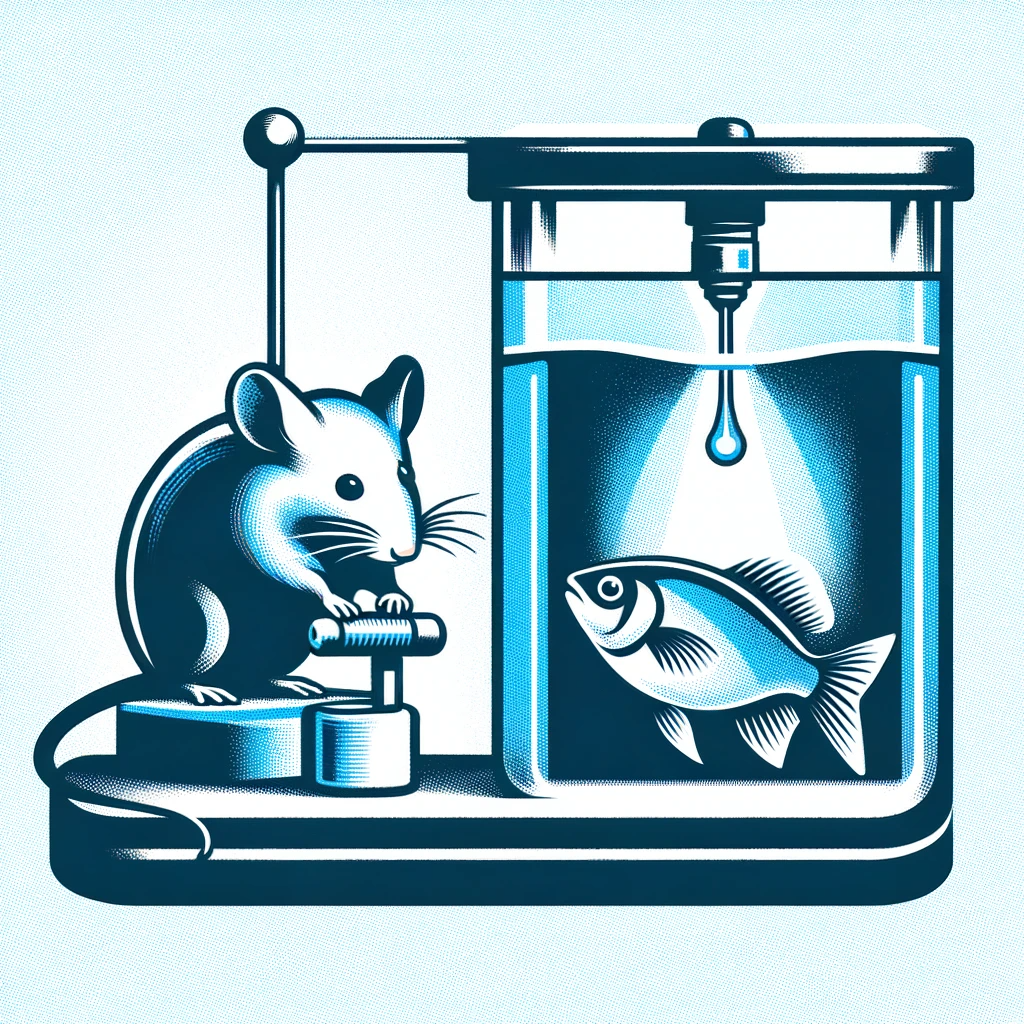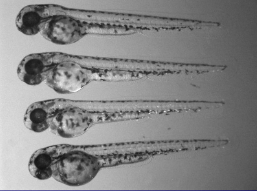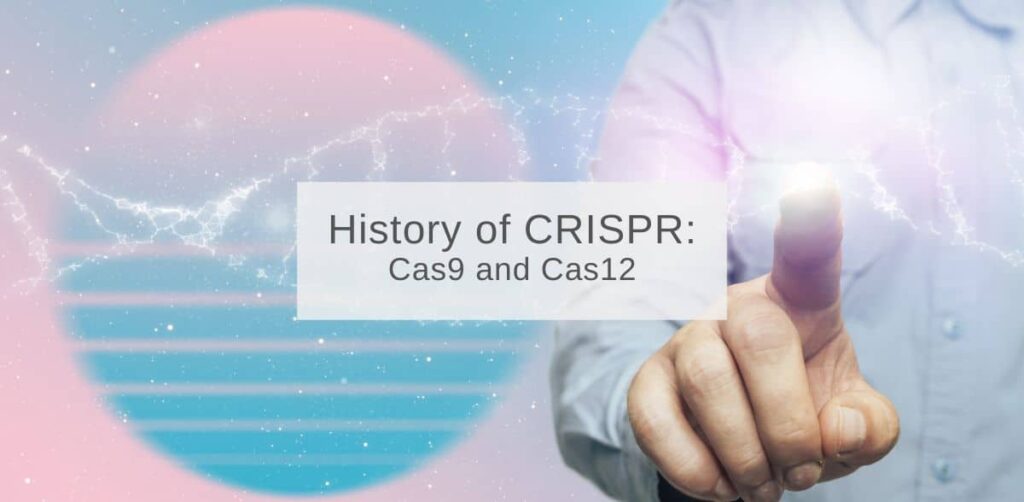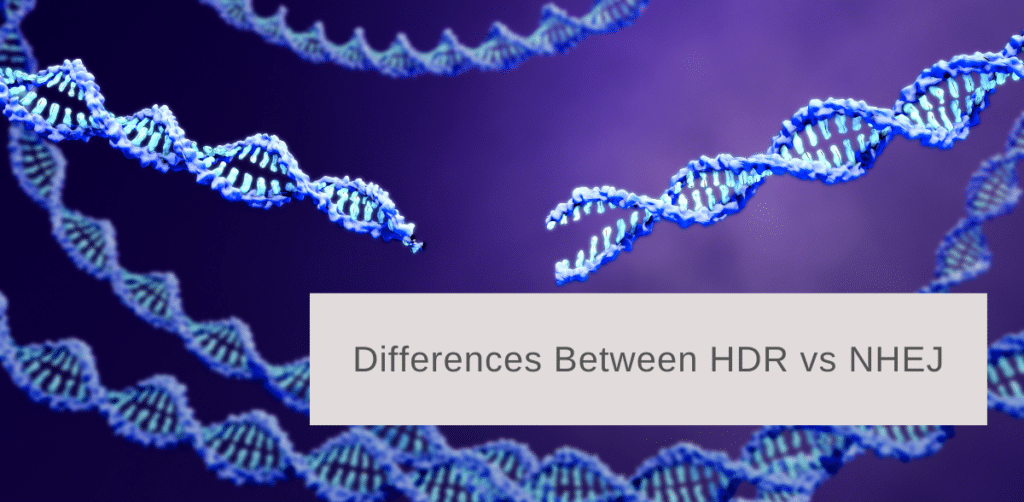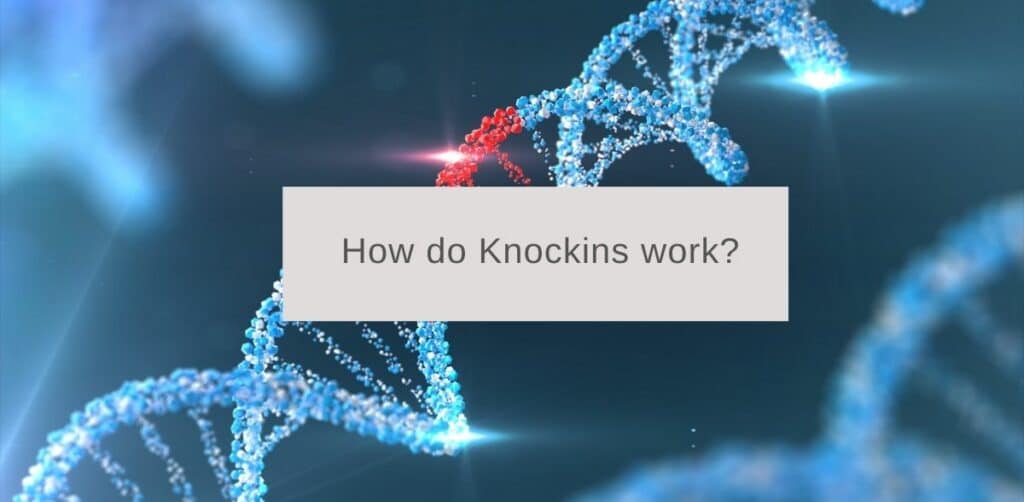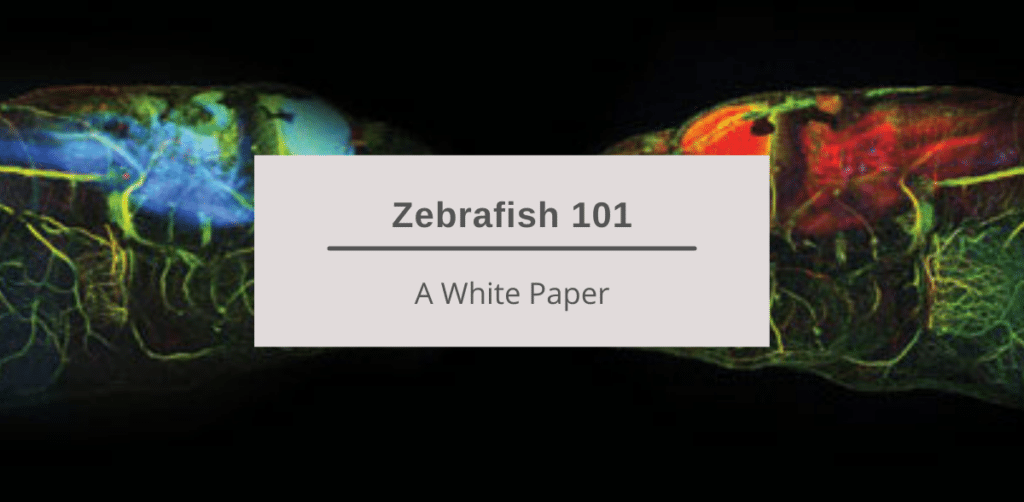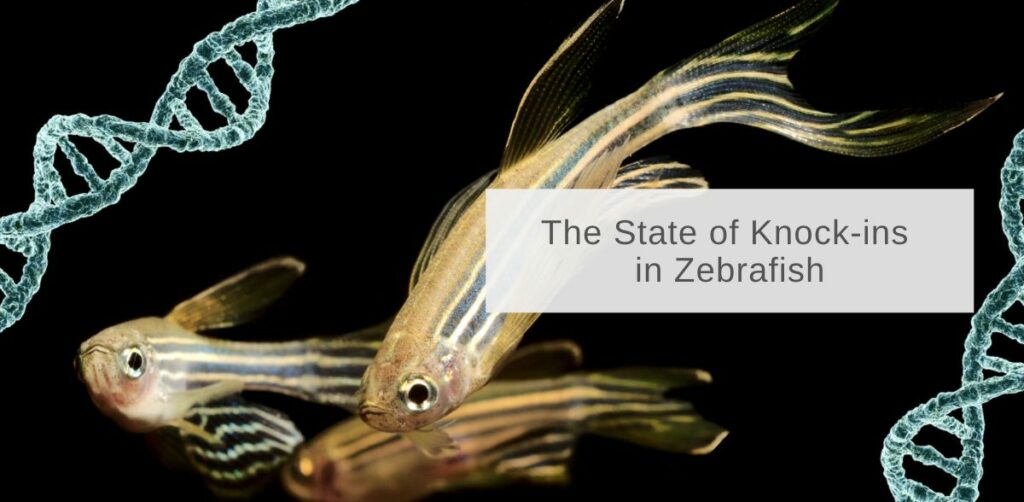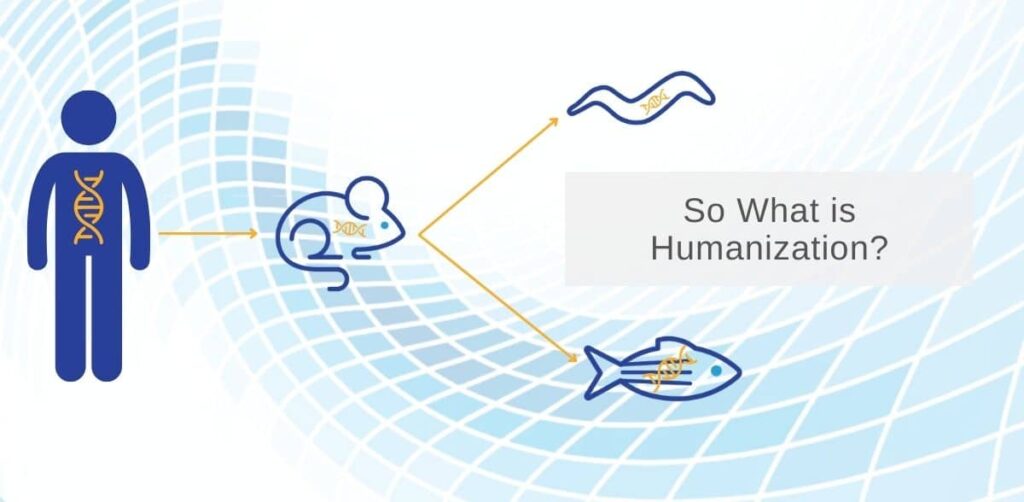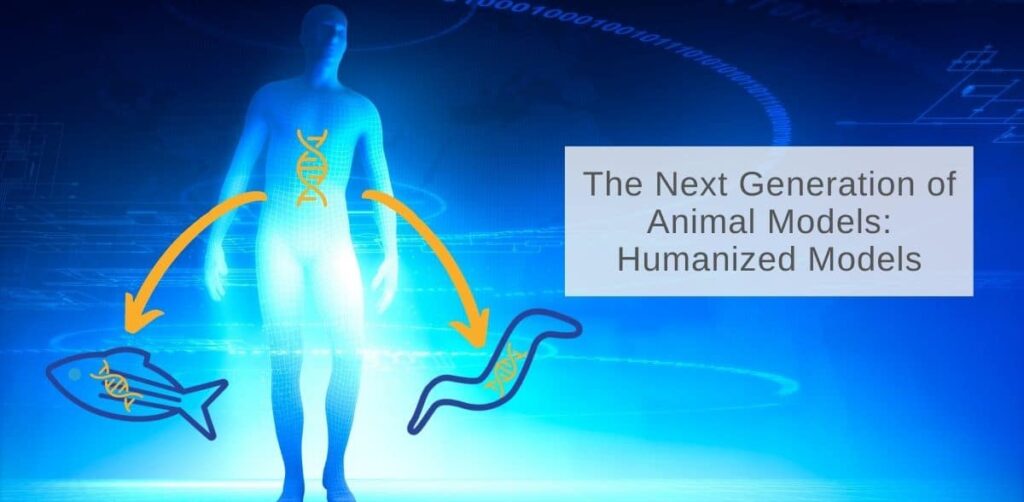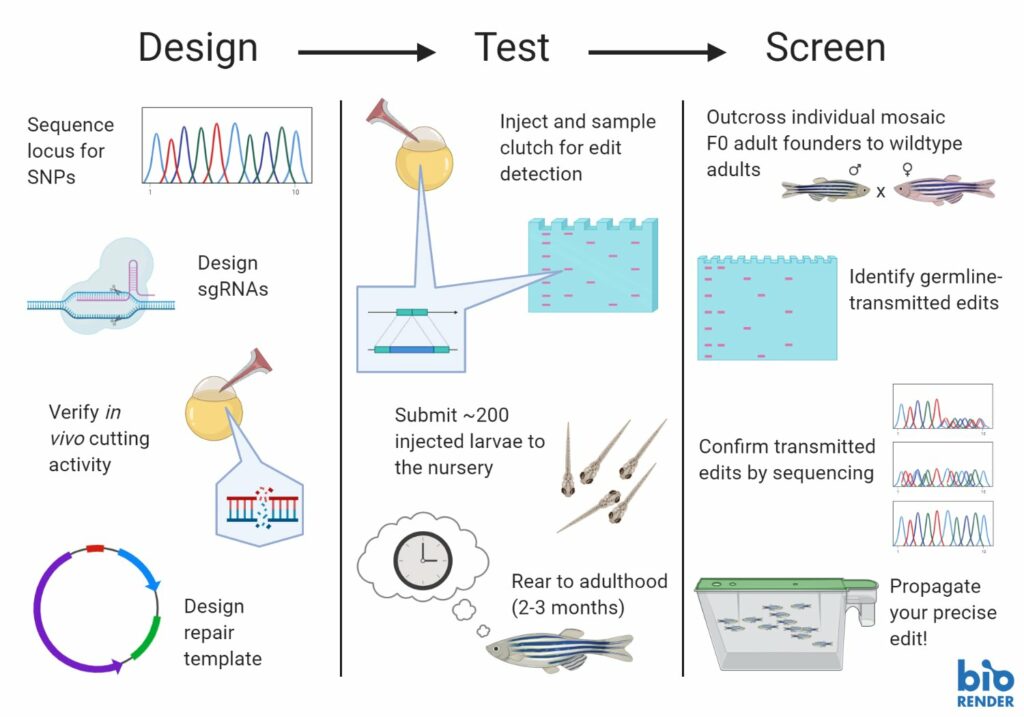InVivo Biosystems Blog
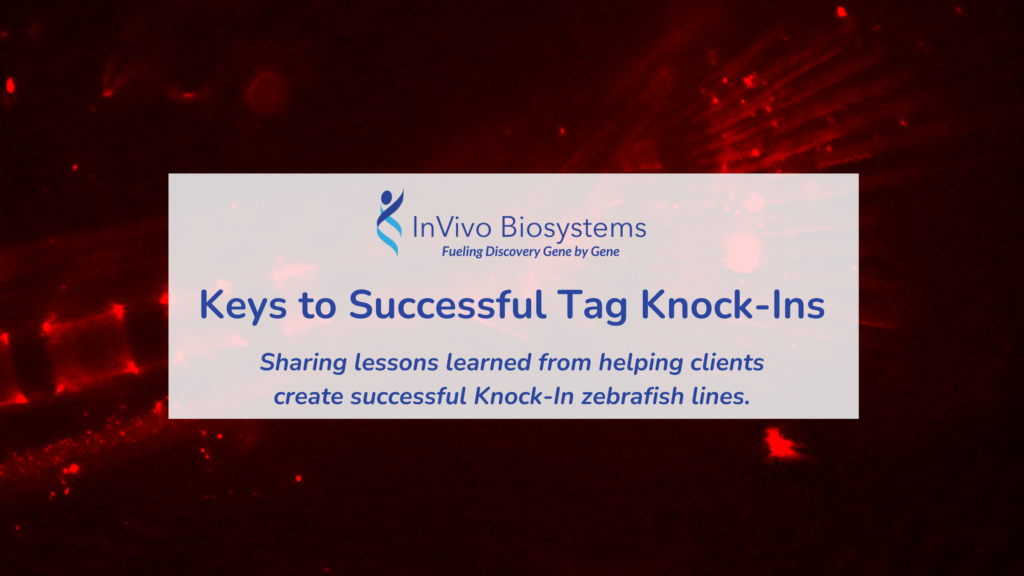
Overcoming the Challenging Nature of Knock-Ins in Zebrafish
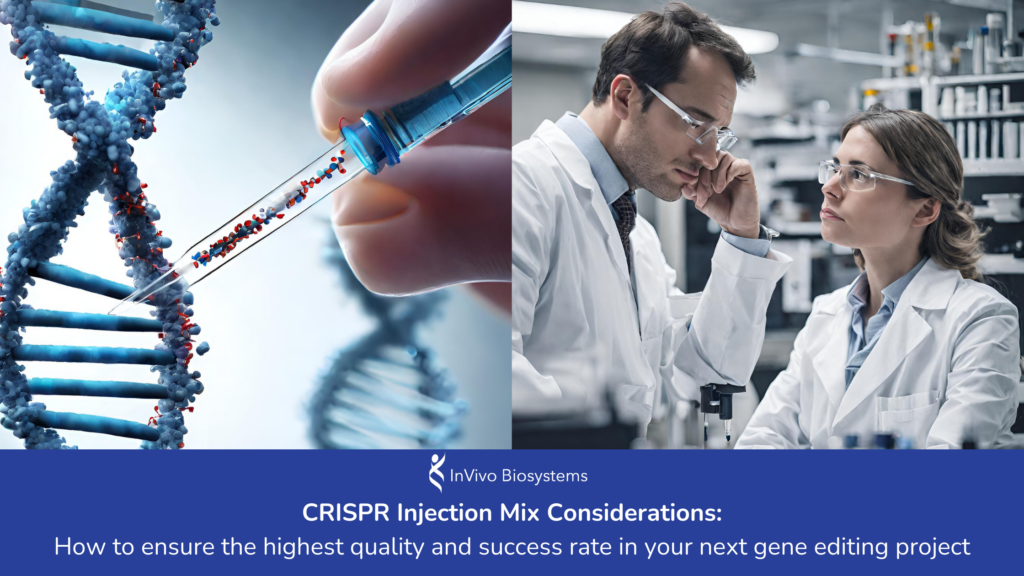
CRISPR Gene Editing: Tips for Injection Mix Success
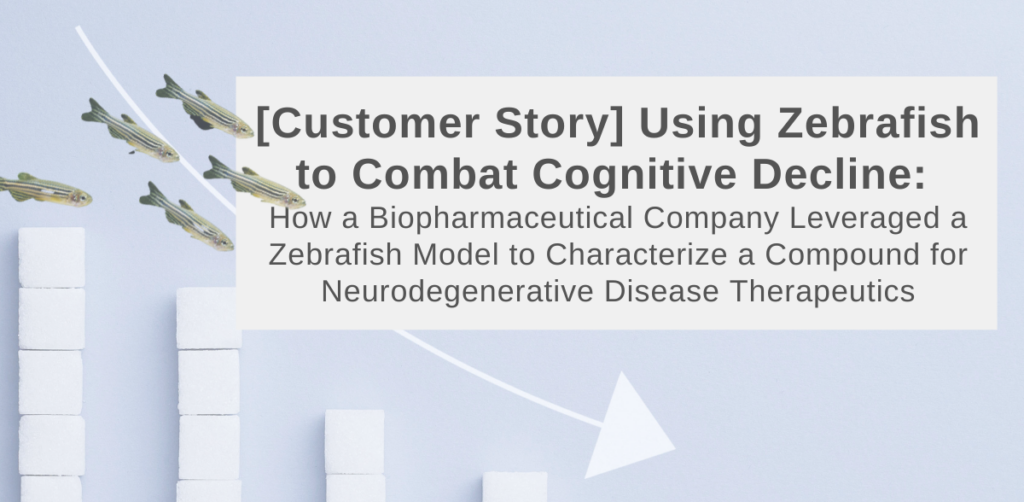
Using Zebrafish to Combat Cognitive Decline: How a Biopharmaceutical Company Leveraged a Zebrafish Model to characterize a Compound for Neurodegenerative Disease Therapeutics
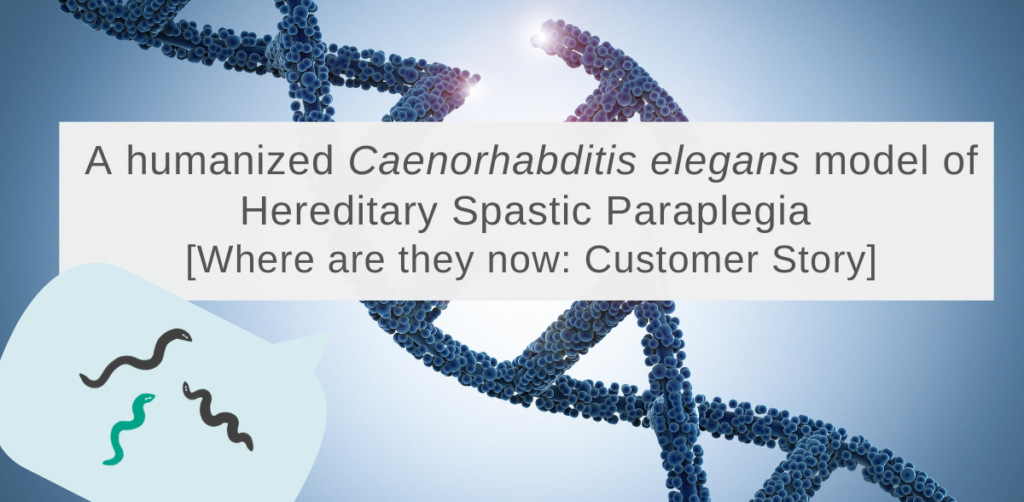
A humanized Caenorhabditis elegans model of Hereditary Spastic Paraplegia [Where are they now: Customer Story]
By:

Using Zebrafish Custom Injection Mixes to Accelerate the Grant Application Process
By:
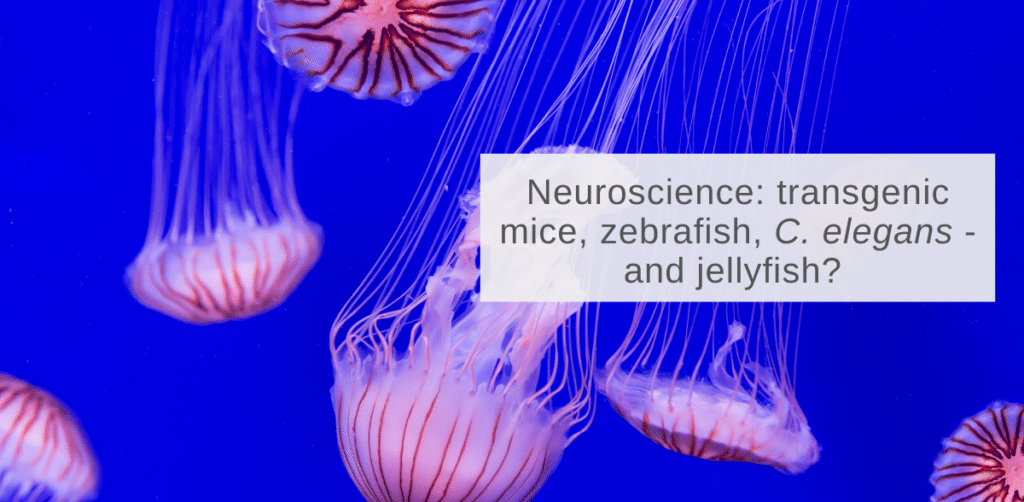
Neuroscience Models: Transgenic Mice, Zebrafish, C. Elegans – And Jellyfish?
By:

Creating Transgenic C. elegans Models For Clinical Variants of Unknown Significance [Customer Story]
By:
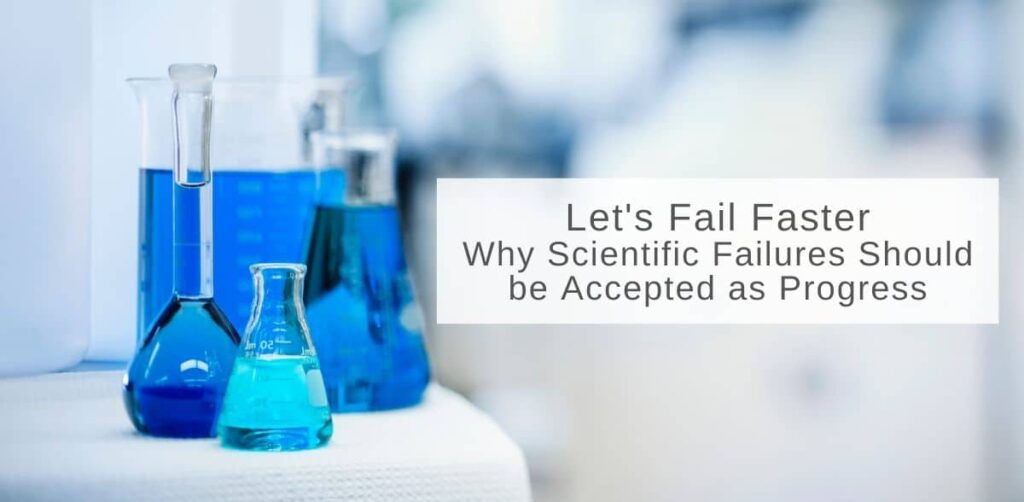
Let’s Fail Faster: Why Scientific Failures Should be Accepted as Progress
By:

Hey People ….its SSSH! time – Getting Easier Integration via Transgenesis Innovation
By:
Bottom line: Getting some SSSH! time with this split-hygR technique can calm the frustration of the aggravated C. elegans researcher.
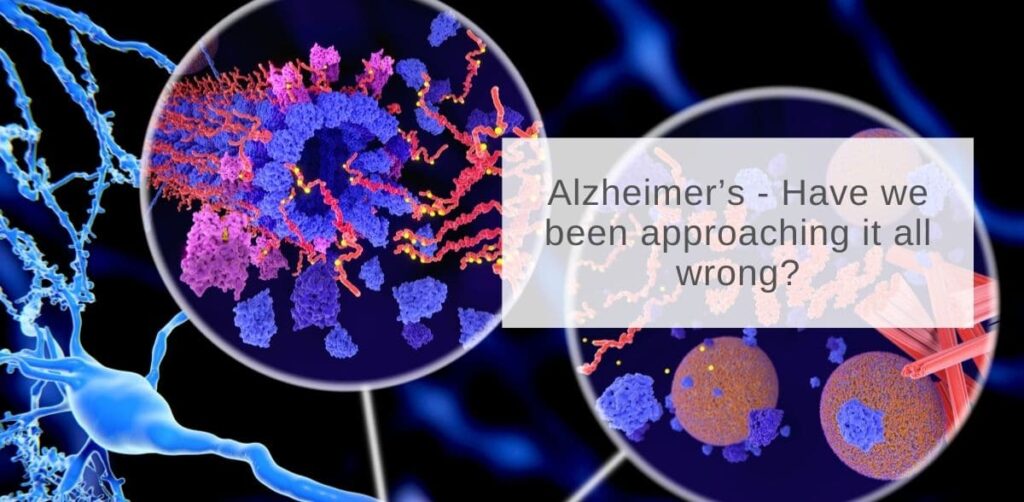
Alzheimer’s – Have we been approaching it all wrong?
By:
A new finding has set the Alzheimer’s research world abuzz: a 73- year old woman with extremely high risk for AD, yet who doesn’t have

Whole Gene Humanization for Personalized Medicine Applications
By:
We have found whole gene humanization can create a platform for highly translatable results in a model organism. Currently there is a big need for
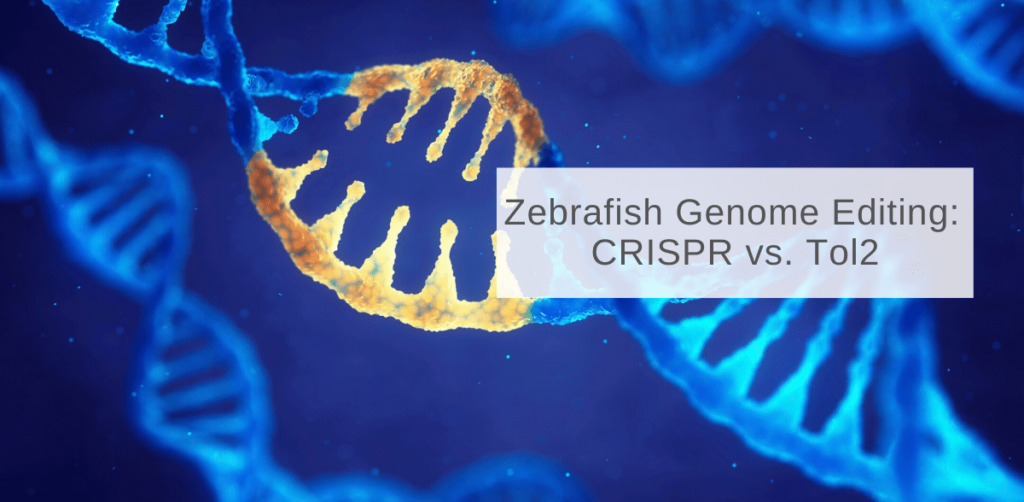
Zebrafish Genome Editing: CRISPR vs. Tol2
By:
One of our scientists compares two popular genome editing tools, CRISPR and Tol2 to better understand the pros and cons of each technology
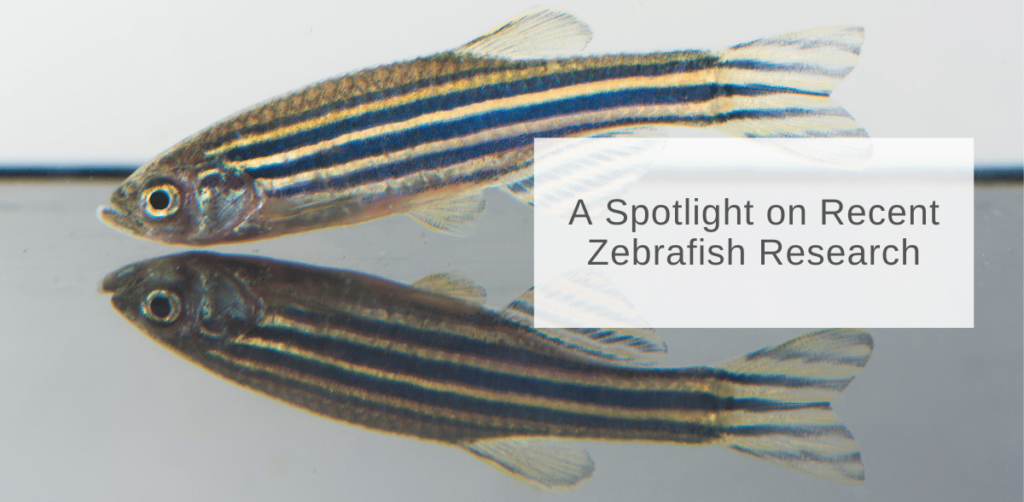
A Spotlight on Recent Zebrafish Research
By:
We’ve compiled some of the most recent informative and influential research being done using the zebrafish model
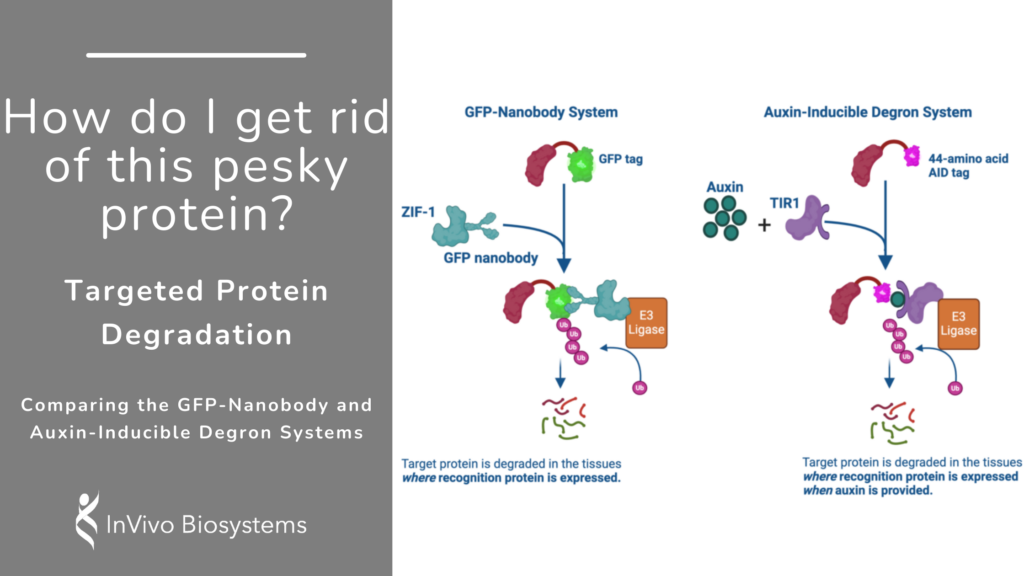
How do I get rid of this pesky protein? The Hows and Whys of Protein Degradation
By:
Being able to understand how a protein acts in specific tissues and times can be key for the general understanding of a protein’s function.
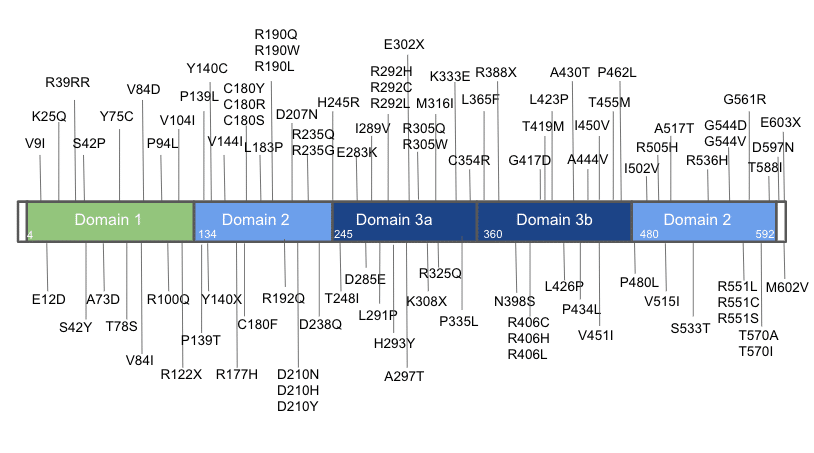
90 Mutations with 1 Gene: Functional Analysis of Variants Using C. elegans
We created over 90 point mutations in the STXBP1 gene via CRISPR. A map of these point mutations can be seen above. Clinical variants
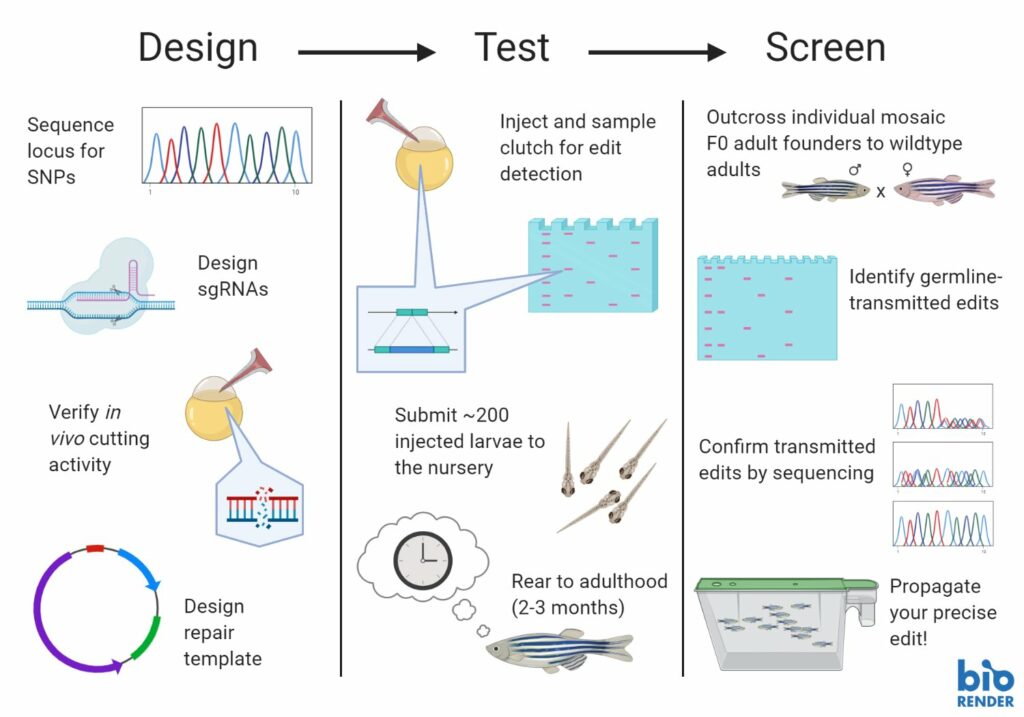
11 Steps to a Successful CRISPR Knock-in
By:
Knock-ins are hard, for a long time people even said they were impossible, but we are nearing an 80% success rate for CRISPR knock-ins in
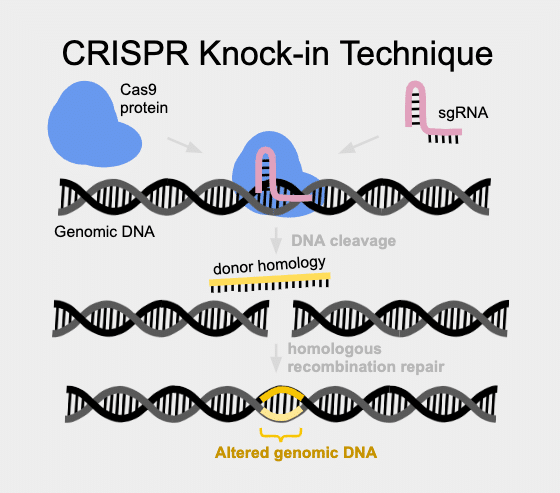
The Challenge of Getting CRISPR-based Knock-ins to Work in Zebrafish
We take a look into why so many zebrafish groups struggle to achieve knock-in transgenesis and what makes knock-ins so difficult.

CRISPR technologies enable humanized animal models to aid disease research
By:
C. elegans as a model to evaluate the function of disease genes In 1998, the soil nematode Caenorhabditis elegans became the first multicellular organism of
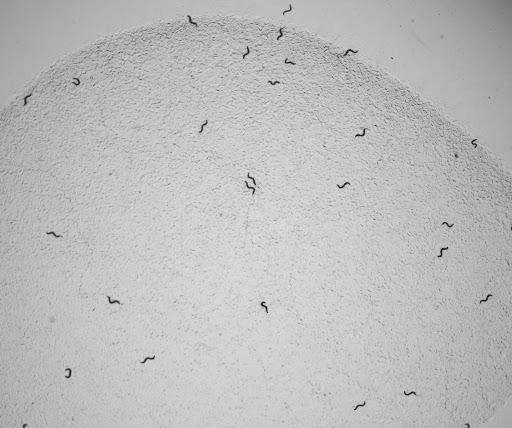
Article Review: The Caenorhabditis elegans Transgenic Toolbox
By:
We reviewed a recent article that discusses the best techniques available for C. elegans transgenics, as well as experimental concerns that should be considered.

What Can Zebrafish Tell us About CRISPR Off-Target Activity?
By:
In 2017, a now-redacted paper published in Nature Methods claimed that CRISPR created hundreds of unintended mutations in mouse models, and that algorithms designed to

C. elegans as Fast and Affordable System for Variant Phenotyping
By:
Systems for Functional Studies A variety of modeling systems can be used to explore variant function. Initially, many researchers turn to a computational approach to
Worming into Relevance – Human disease models in the C. elegans nematode
By:
The philosopher Friedrich Nietzsche once said: “You have evolved from worm to man, but much within you is still worm.” Genetic diversity in individuals and
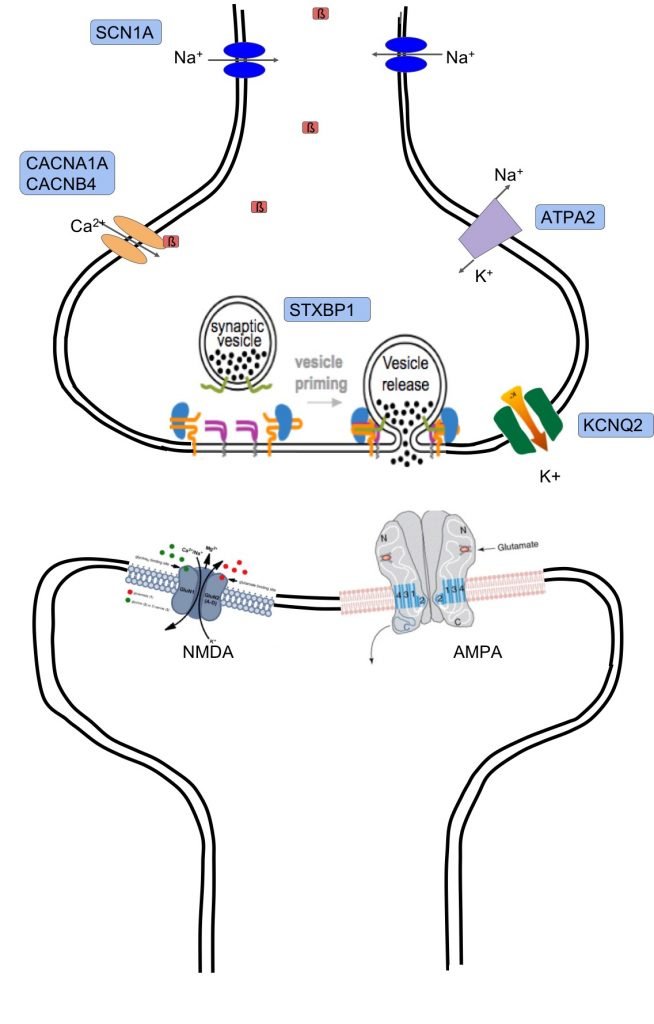
Functional analysis of variants to aid understanding of children’s epilepsy
By:
Performing sequence analysis on a patient with a suspected genetic disease is becoming a standard of care. However, when a genetic variation is identified as
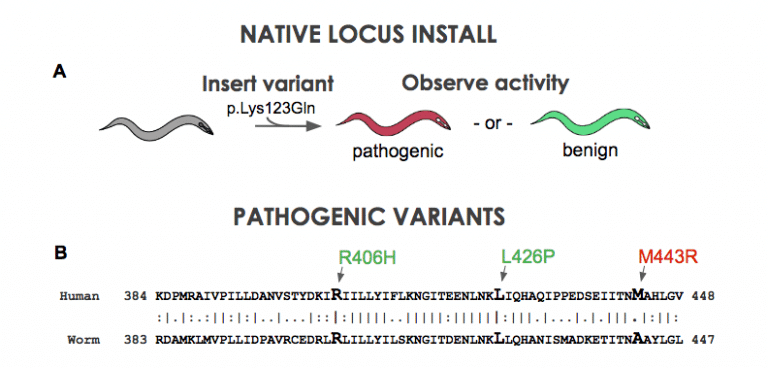
Worming into Relevance – Human disease models in the C. elegans nematode
By:
The philosopher Friedrich Nietzsche once said: “You have evolved from worm to man, but much within you is still worm.” Genetic diversity in individuals and
CRISPR/Cas9 off target effects: Hyperactive cutting or media hype?
By:
There has been a lot of media coverage in recent months surrounding CRISPR/Cas9 and the potentially life changing impact the gene-editing technology could have. More
Load More




